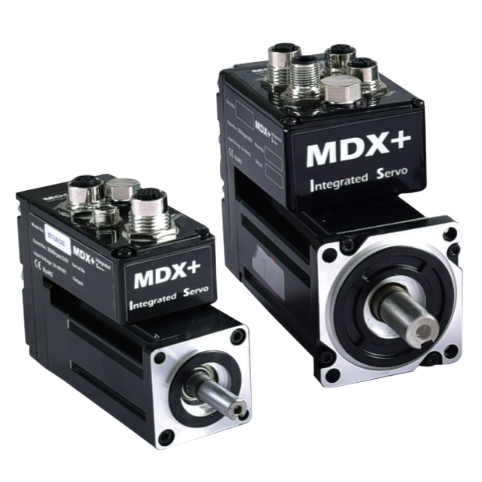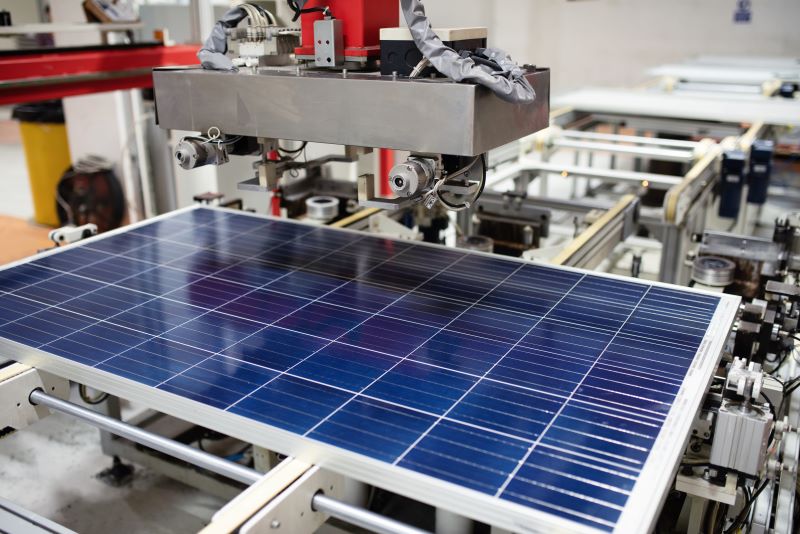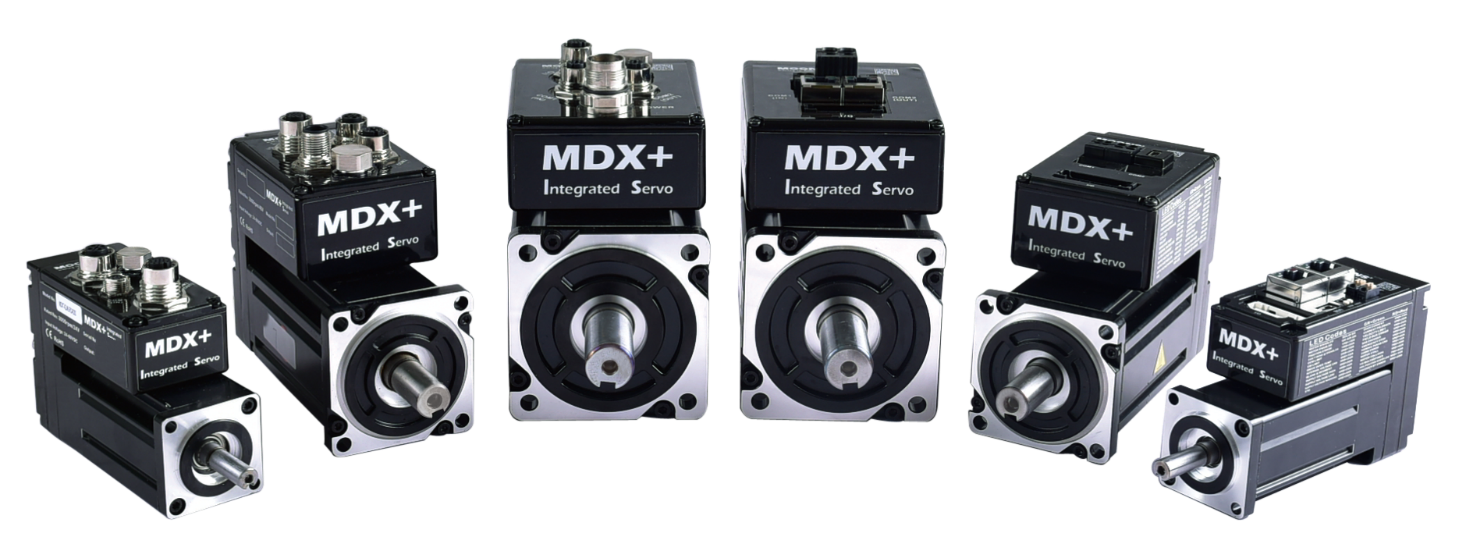Applied Motion Products Launches Low-voltage Integrated Servo System
Applied Motion Products has released a compact, low-voltage integrated servo system that can run on standard control voltage. The system combines a servo drive, motor, and encoder into a single unit.
Motion control systems supplier Applied Motion Products has integrated a servo drive, motor, and encoder into a single unit. The new MDX+ series of low-voltage integrated servo systems provides manufacturers with a compact motion control solution.
Applied Motion Products has released its new line of low-voltage integrated servo systems. Image used courtesy of Applied Motion Products
What Is an Integrated Servo System?
A typical servo system requires a servo motor and a drive to filter and manipulate the voltage. The drive system commonly resides within a control cabinet and is connected to the main incoming voltage. These components are typically connected with expensive cables that often contain high-frequency and low-voltage encoder feedback along with communication connections.
An integrated system combines the motor and drive so that only the main power supply and communication cables are required for the device. This integrated design saves space in the control cabinet and reduces the number of cables that have to run between the control cabinet and field devices.

The MDX+ series combines a servo drive, motor, and encoder into one system for a compact servo solution. Image used courtesy of Applied Motion Products
MDX+ Series Integrated Servo Motors
Servo motors commonly require high voltage and drives to make their precise motions possible. Applied Motion Products' new MDX+ series of low-voltage integrated servo systems breaks that mold. The MDX+ series comes in 100, 200, 400, and 550-W power outputs. All the models support pulse train, RS-485, CANopen, and EtherCAT. The main voltage supply only requires 24 to 60 VDC, and the system supports motor frame sizes of 40, 60, and 80 mm.
Each servo has a 17-bit magnetic incremental encoder or a batteryless absolute encoder of the same resolution. If an application requires suspended loads or doesn’t allow motion without control power, an optional electric brake can be added to any chosen model. At this time, the MDX+ series does not yet support an STO signal. If an application requires harsh conditions, the MDX+ can be ordered with an IP65 rating.
Tuning and Debugging
Any servo system requires the user to adjust parameters so that the control system can accurately position the servo when commanded. Applied Motion Products provides its Luna software with the MDX+ series. This software allows users to configure, tune, and troubleshoot any of the MDX+ products. To communicate with the system, users simply need to install a USB cable between the drive and their programming laptop.

The MDX+ series is suitable for use in a number of manufacturing applications, including medical, semiconductor, and solar. Image used courtesy of Adobe Stock
A Compact Design
Servo motors are used in new applications daily, and it is not uncommon to find them in automotive or solar applications. Having a compact servo system allows for even more uses. The MDX+ series offers a form factor 20% smaller than standalone servo systems. This smaller form factor allows for tighter installations and more free space in the control cabinet.
Low Voltage Supply and Low Torque
Some servo applications require only precise control and very little torque; using a standard servo system would require connecting to the high-voltage mains. With the MDX+ series, users can get precise positioning or speed control, all with common control voltage. An integrated encoder allows for constant monitoring of position, and by selecting the batteryless absolute encoder, users can build equipment that will not lose position when powered off.

 Facebook
Facebook Google
Google GitHub
GitHub Linkedin
Linkedin









